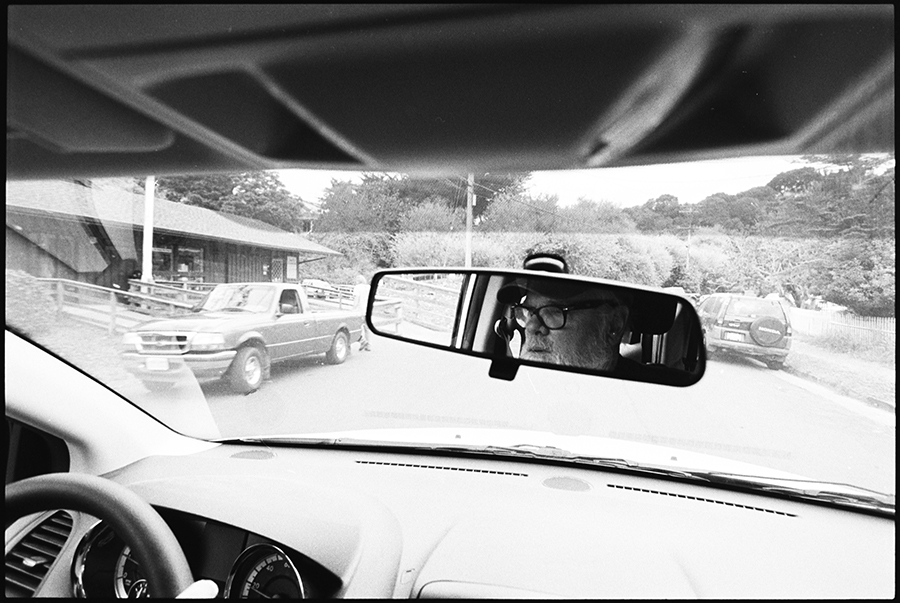On Tuesdays and Wednesdays, 63-year-old Peter Planteen drives through West Marin, checking up on homeless clients, some of whom he’s known . . .
West Marin’s man for the homeless


On Tuesdays and Wednesdays, 63-year-old Peter Planteen drives through West Marin, checking up on homeless clients, some of whom he’s known . . .